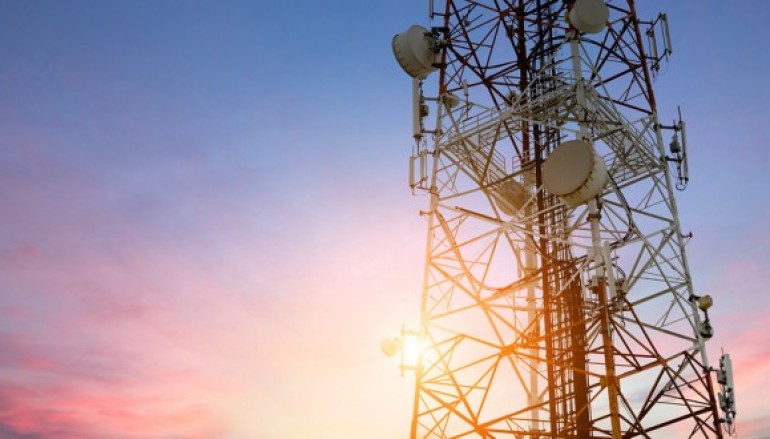
BTS Stations Are at Risk, Researchers Find
Simone Margaritelli of the security research firm Zimperium zLabs, the company that found the Stagefright bug, posted a report that outlined how base transceiver stations (BTS) running the most common open source software products are vulnerable to attacks. The software for BTS stations is vulnerable to three separate attacks that can be used to ultimately hijack a cell tower.
Impersonating BTS Stations
A BTS station operates cellular phone GSM, UMTS and LTE networks. It functions as the digitizer for received radio waves from the cellphone. Communication with the rest of the units is handled through three user datagram protocol (UDP) sockets: clock, command and data.
Zimperium said that all the most commonly available BTS software shares the same or a very similar transceiver code base — meaning all the code used for BTS is open to the same vulnerabilities.
The vulnerabilities found could allow an adversary to remotely control the BTS transceiver module. Functionalities would then be compromised, and an attacker could impersonate a parallel BTS. Criminals could send GSM data bursts to the transceiver to enable a wide range of attacks, such as IMSI detaching, encryption downgrading and denial-of-service.
Three Vulnerabilities
The first vulnerability Zimperium found is an “overly exposed service binding.” The network library that is part of the software makes the transceiver UDP sockets blind to any IP address instead of the user-configured one.
An attacker could exploit this to receive and send packets from the transceiver. But more importantly, any service exposed on these UDP network sockets is not directly protected by an authentication mechanism.
A second issue is remote code execution via a stack overflow, which may be caused by a specially crafted UDP sent to the control channel. This can also cause denial-of-service problems.
Finally, the third vulnerability is “remote unauthenticated control.” Because the control channel has no authentication and is exposed to the full network due to the service binding problem, attackers could use this socket to gain control of the transceiver module remotely. They would not need authentication credentials to do it.
Jamming the System
Softpedia noted that such an attacker could turn the BTS off, jam antenna radio frequencies or change the BTS identity. This might have the effect of removing the BTS from the mobile operator’s network or causing it to behave like another station from the same network. Man-in-the-middle (MitM) attacks would also be possible.
Most of the affected programs have patches available to mitigate these vulnerabilities. Carriers must ensure the patches are deployed quickly and the BTS software updated to avoid some massive problems.
Source | securityintelligence





